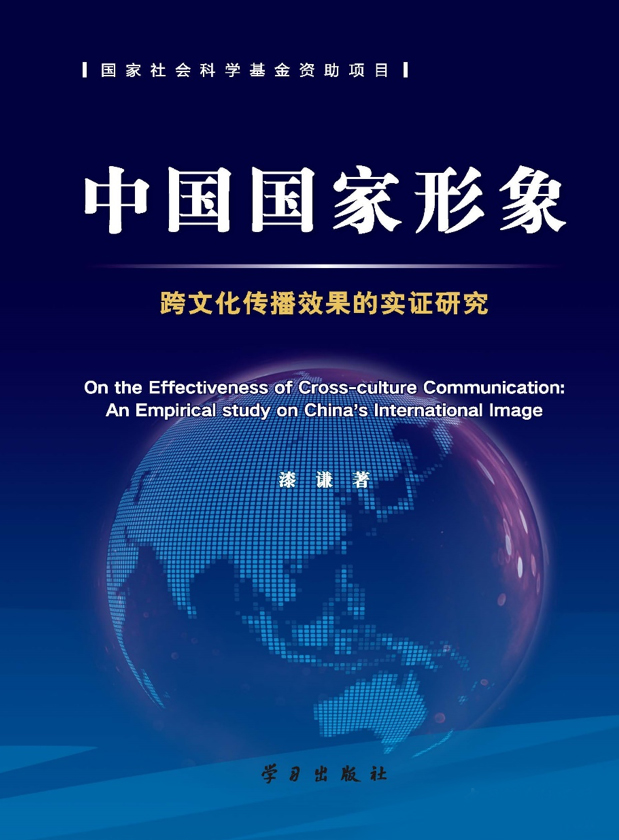
On the Effectiveness of Cross-Culture Communication: An Empirical Study on China’s International Image
As a carrier of cultural values, a nation’s international image is vital. For a country, establishing a positive international image is related to its international status and right of speech. A good international image is reputational capital, which helps win a distinctive identity and the trust of other nations. In addition, a good international image, as a projection of a nation’s cultural values on the outside world, can directly affect its people’s spirit and encourage them to take more positive action.
Due to different cultural backgrounds, it is difficult for countries to truly understand each other. On the one hand, China, as the second largest economy in the world, has been widely recognized for its “rapid economic development” and “being full of opportunities.” On the other hand, negative evaluations such as the “China threat theory” have long haunted China, affecting its international reputation.
The book On the Effectiveness of Cross-Culture Communication: An Empirical Study on China’s International Image discusses how people’s attitudes change and proposes the hypothesis that “deep contact changes understanding.” This hypothesis is verified through case studies of the International Youth Film Project.
In the case studies, foreign youth came to China with inherent impressions acquired in their home country. After they experienced Chinese culture in person, their attitudes towards China began to change from being unconcerned or harboring negative impressions to having positive impressions and even a positive behavior tendency. The process can be seen as a way of changing attitudes in cross-cultural communication: After engaging profoundly with Chinese culture and completing tasks together with their Chinese peers, foreign youth changed their perception of Chinese culture.
The process of cognitive change can be divided into six stages: inherent impression, superficial rationality, initial impression formation, preliminary experience, deep contact and impression consolidation. The stages are proposed based on questionnaires filled out by foreign youth and based on the Chinese values displayed in the short videos on Chinese culture shot by them.
There are two major ways to achieve mutual understanding: persuasion and communication. Persuasion can be achieved through proliferation in mass media including movies and TV, while communication refers to face-to-face communication and deeper contact. Direct communication is the most effective way of persuasion and communication, which can significantly change one’s inherent impressions.
Qi Qian is from the School of Arts and Communication at Beijing Normal University.
edited by YANG LANLAN


 PRINT
PRINT CLOSE
CLOSE